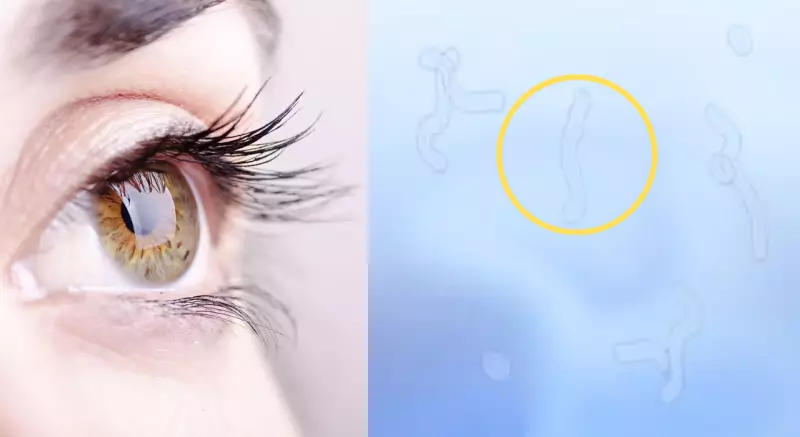
Have you ever noticed tiny spots, cobweb-like strands, or floating specks drifting across your field of vision? These mysterious visual phenomena, commonly known as floaters, are more than just optical illusions—they're actually happening inside your eyes.
What Exactly Are These Mysterious Floaters?
According to leading ophthalmologists, those spots and strings aren't imaginary. They're real shadows cast on your retina by tiny clumps of gel or cells inside the vitreous—the clear, jelly-like substance that fills your eyeball.
"When people see floaters, they're essentially seeing the shadows of particles floating in the vitreous humor," explains Dr. Sameer Kaushik, a renowned ophthalmologist. "Think of it as looking through a microscope and seeing dust particles in the water—except this is happening inside your own eyes."
When Should You Worry About Eye Floaters?
While most floaters are harmless and simply part of the aging process, there are specific warning signs that demand immediate medical attention:
- Sudden appearance of numerous floaters
- Flashes of light in your peripheral vision
- A shadow or curtain effect across your visual field
- Rapid increase in the number of floaters
These symptoms could indicate a retinal tear or detachment—a serious condition that requires urgent treatment to prevent permanent vision loss.
The Aging Connection: Why Floaters Become More Common
As we age, the vitreous gel naturally changes consistency, becoming more liquid and sometimes forming clumps. This process, called posterior vitreous detachment (PVD), affects most people by their 60s and 70s.
"The vitreous gel shrinks and separates from the retina over time," notes Dr. Anjali Sharma, senior consultant at a leading eye institute. "This is a normal part of aging, but when it happens suddenly, it can cause a sudden shower of floaters."
Risk Factors and Prevention Tips
Certain factors can increase your likelihood of developing problematic floaters:
- Age (over 50 years)
- Nearsightedness (myopia)
- Eye injuries or trauma
- Diabetes-related eye complications
- Cataract surgery complications
While you can't completely prevent floaters, maintaining good eye health through regular check-ups, protecting your eyes from injury, and managing underlying health conditions can help reduce risks.
When Treatment Becomes Necessary
For most people, floaters are merely annoying and eventually become less noticeable as the brain adapts. However, in severe cases where vision is significantly impaired, doctors may recommend:
- Vitrectomy surgery to remove the vitreous gel
- Laser treatment to break up large floaters
"The decision to treat floaters depends on how much they affect your quality of life and daily activities," emphasizes Dr. Kaushik. "Most patients learn to live with them, but when they become debilitating, we do have treatment options."
Remember, any sudden change in your vision warrants professional evaluation. Don't ignore those spots—they might be trying to tell you something important about your eye health.





